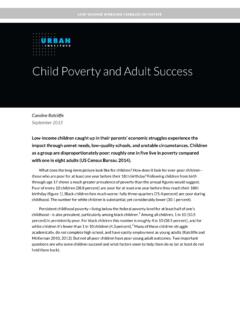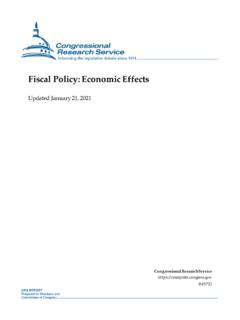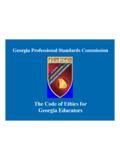Transcription of Client & Architect
1 Client & Architect developing the essential relationshipClient & Architectdeveloping the essential relationshipdeveloping the essential 105/08/2015 17:12 The RIBA for Clients initiative is important. It promotes exactly the kind of open, collaborative spirit that s needed to meet the challenges for the construction industry today Lyndsay Smith, director of education and national frameworks, Morgan Sindall Great value buildings for people, communities, investors and owners alike are only possible with architects who work well with their clients. We applaud the RIBA s initiative to explore that critical relationship David Partridge, managing partner, Argent What makes a career in construction so special, be it in design or delivery, is the legacy it leaves.
2 This document will help point us in the right direction Chris Blythe, chief executive, CIOBS pecial thanks to Morgan Sindall, Argent and Chartered Institute of Building for their support in co-funding this 210/09/2015 14:3003 Client & ArchitectContextChampioning the vision14 Architects are seen as the spiritua l leaders of the projectListening and understanding18 Clients ask architects to really listenEngaging with people22 Start buffing up those soft skillsOn vision12 Stephen Hodder discusses the va lue of visionOn listening16 Nigel Ostime sets out the Client - Architect dialogueOn collaboration20 Paul Morrell traces the blurring of old boundariesOn technical talent24We must show we re more than competent contract administrators, argues Da le SinclairCIOB06We re with you a ll the way.
3 Says Chris Bly theMorgan Sindall08 Lyndsay Smith on why cooperation means more for lessArgent28R ichard Meier on ContributorsChris Blythe, CEO, Chartered Institute of Building; Professor John Brooks, ex-vice-chancellor, Manchester Metropolitan University; RIBA past-president Frank Duffy CBE; RIBA President Stephen Hodder; Sir Stuart Lipton, partner, Lipton Rogers Developments; Richard Meier, partner, Argent; Chris Moriarty, development director, Leesman; Paul Morrell OBE; Peter Oborn, Client adviser, VP International, RIBA; Nigel Ostime, project delivery director, Hawkins\Brown; Amanda Reekie, director, Stratton Dale Sinclair, director of technical practice, architecture, Aecom.
4 Project and publication teamLinda Stevens; Bobbie Williams; Brian Green, editor; Matt Thompson, advisor and rapporteur; Eleanor Young, in-house editor; Design by S-T, design; Gail Novelle, illustration La Tigre. Published by the RIBA Journal on behalf of the RIBA .ContentsClient & Architect : Developing The Essential RelationshipForeword04 Seize this chance to demonstrate architects worth, urges Stephen HodderIntroduction07 Adapt to prosper: the clear message to the profession from two years of Client researchOpportunities10 Unlocking the huge potentia l for growthValidation42 Views from industry leadersAcknowledgements43 Thank you everyoneFindingsVoicesSupportersDeliveri ng technical talent26 Clients want concept and technica l skills in one packageLearning and improving32W hy it s imperative to seek and listen to feedbackOn learning30 Some hard-hitting points from Stuart LiptonOn international markets36 With the R IBA brand, the world is your oyster, says Peter ObornOn marketing39It s your best friend.
5 Insists Amanda ReekieEnd piece41 Frank Duffy rolls back the yearswhy he looks for vision and tenacityLeesman34 Chris Moriarty puts the case for post-occupancy eva luationsClient of the Year40 Manchester Metropolitan Universit y We congratulate the RIBA for taking this initiative. Great design is part of the reason we get out of bed in the morning Tom Bloxham, Urban 305/08/2015 17:1104 Client & ArchitectPHOTOGRAPH WILDE FRYS ignificant opportunities await us as archi-tects. That may seem an outlandish statement to those who believe our role has been emas-culated, and to those who feel that the va lue our profession offers is poorly forces are fundamenta lly a lter-ing our society and the buildings we need.
6 Huge distribution sheds servicing on-line shoppers are displacing consumer pa laces. Employees increasingly hot desk or work from home. Coffee shops pop up, patronised by professiona ls tapping over the environment are prompt-ing governments to regulate how resources are consumed, changing what and how we build and how we use buildings. Iconic build-ings reshaping skylines in major globa l cities stand testament to the flow of globa l money, feeding the desire among huge internationa l corporations for worldwide are early signs; the full force of change lies ahead.
7 The process of interpreting this change and rea lising the future is where the skills, imagination, vision and craft of the Architect come to the statistic hints at the sca le of the cha l-lenge and the size of the prize. The UK built environment in 2013 was officia lly va lued at trillion. A lmost ha lf was the va lue of the land on which the buildings stand. That s im-portant to note. Nobody can predict the exact shape of things to come, but we know that how we use the built environment is in rapid flux and transforming today s built environment to meet tomorrow s needs is an immense task.
8 History shows us how powerfully radica l shifts in the economy and society can impact on what we build. The late 1970s saw the UK shift from an industria l to a post-industria l economy. Then, a third of employment was in Here s our chance to show our worthTo grasp the huge opportunities of today and tomorrow, architects need to find the keys to the hearts and minds of clients, says Stephen HodderForewordRIBA Presidentmanufacturing and about a ha lf in services. Today services accounts for 80%, manufactur-ing just 10%. By 2000, commercia l work rep-resented about a quarter of a ll construction, five times more than industria hindsight that huge transformation seems obvious and straightforward in terms of technica l cha llenges and business models.
9 Knocking down factories and replacing them with shops, offices and homes is not simple, but the intellectua l, financia l and technica l apparatus was pretty much in hat buildings and structures we will need in future is far less obvious. How to fund the transformation is, perhaps, even less cer-tain. How will investors and government most effectively inject their capita l to create va lue, capture it and make the best return?Architects create more worth than can be expressed through the capita l va lue of buildings. Without even debating the sca le or where this extra va lue lies we can see that it exists in the nation s ba lance sheet.
10 The asset va lue is far greater than the build of the va lue a building creates spills over, as externa lities, to benefit neighbours. This means there will be va lue generated by the Architect that is hard for the developer to capture. Bad buildings can destroy va lue in the location where they are built. These re-a lities test us as architects. For a ll this, the cha llenges offer a better opportunity to dis-play our worth than for a generation or socia l and economic pressures will bring subtle transformation. It will not just be about large projects in major cities, but a whole range of work taking place on the high street, in commercia l centres, in cities, towns and villages, much of it organica lly.

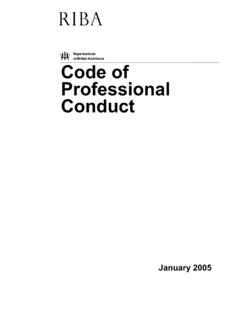
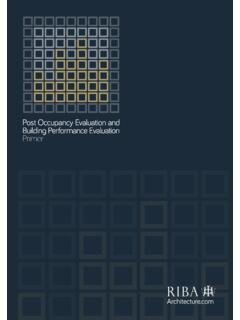
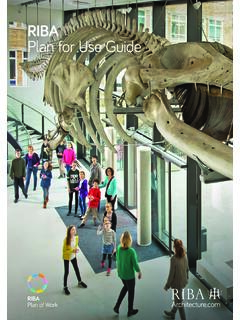
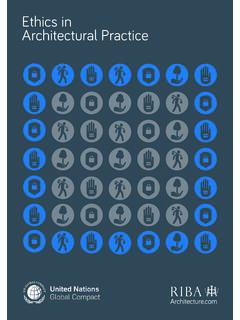


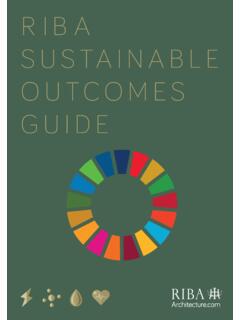
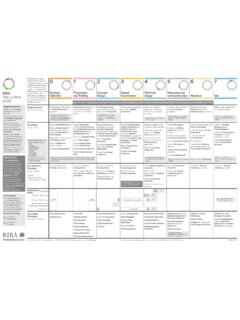

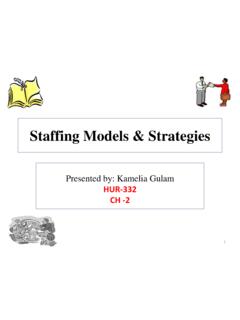
![Agreement For Trainee Position At [Company Name]](/cache/preview/c/2/a/d/9/f/b/6/thumb-c2ad9fb6d6fbc41727ddd0774ce62d01.jpg)
